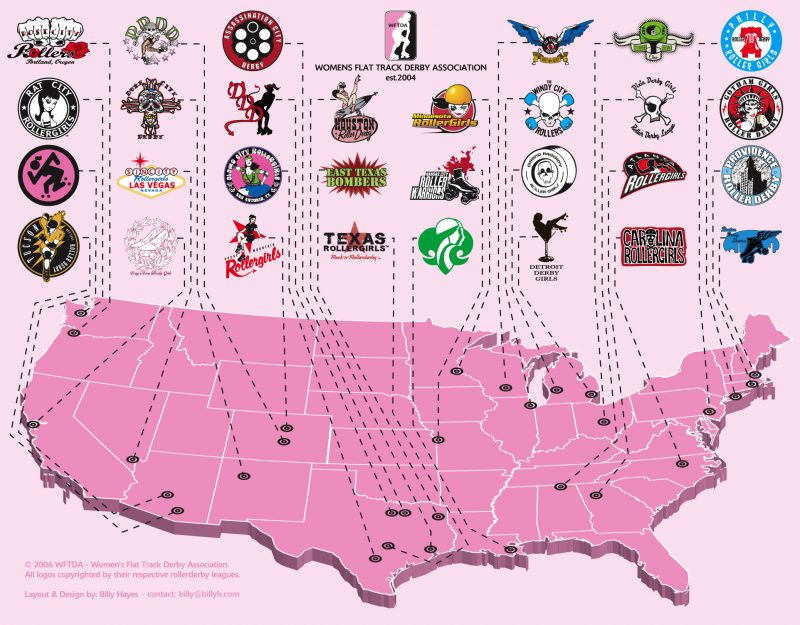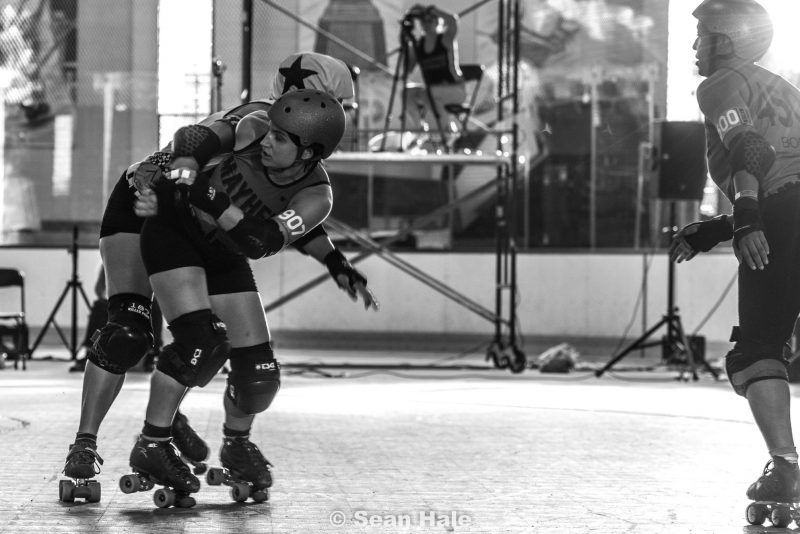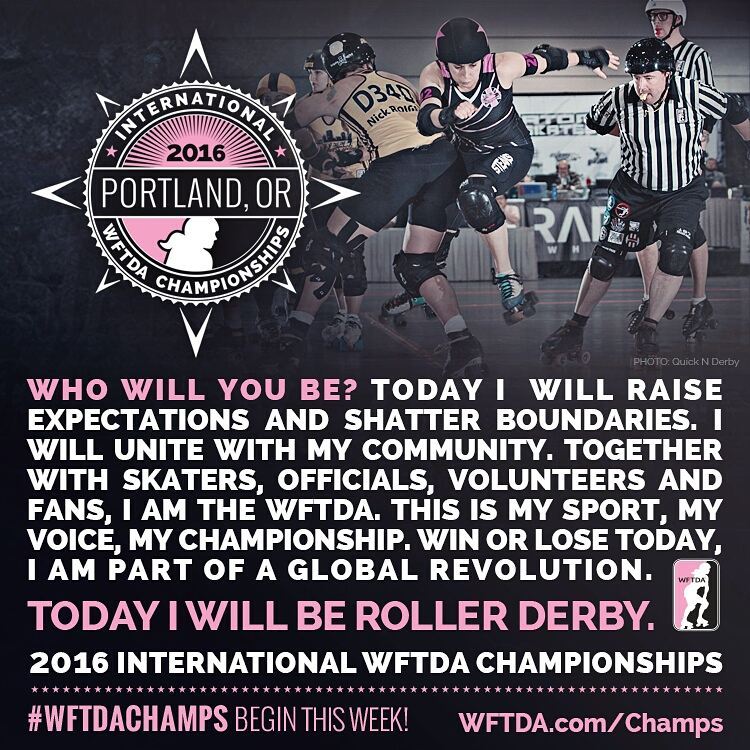Roller Derby is Emergence
Posted on October 26, 2018Roller derby.
For most people that phrase probably invokes these images of vintage roller derby:

Source: History of Roller Derby from Hell on Wheels
However, today’s roller derby looks a lot more like this:

Source: 2017 International WFTDA Championships Game 12
While there’s still big hits, roller derby has undergone multiple iterations to emerge as the sport it is today. Leo Seltzer, initially inspired by the popularity of dance marathons and a magazine article statistic that 97 percent of Americans had roller skated at some point, created the Transcontinental Roller Derby in 1935.
Seltzer evolved the rules based on the aspects the crowds liked the most, eventually leading to the base form of what roller derby is today. Roller derby continued to evolve driven by Seltzer (and then his son Jerry) in a for-profit enterprise until the 1973 oil crisis and other factors made the sport too expensive to run. Despite a couple of failed attempts over the next three decades, derby didn’t enjoy a resurgence until the first modern derby league was formed in Texas in 2001, followed quickly by other grassroots leagues across the country.

The original 30 WFTDA member leagues.
Although roller derby has now grown into an international sport, its path there is an example of an emergent system as described by Steven Johnson in Emergence, “a system designed to learn from the ground level, a system where macrointelligence and adaptability derive from local knowledge.” (77) The five fundamental principles of an emergent system can all be found within derby’s history and contribute to its ability to survive and spread across the world in less than two decades:
- more is different,
- ignorance is useful,
- encourage random encounters,
- look for patterns in the signs, and
- pay attention to your neighbors.
In the young sport of derby, interactions between leagues led to both a universal rule system and shared tips on how to simply survive as a league. Johnson describes ant colonies as organisms with their own developmental cycle, beyond the individual ants, and in many ways, roller derby leagues also had their own developmental cycle. Without the two emergence principles of more is different and pay attention to your neighbors, derby leagues may have not survived past their local infancies. Both principles relate to how the local leads to the global. Johnson sums up more is different by stating that, “It’s only by observing the entire system at work that the global behavior becomes apparent,” which is very similar to his restatement of pay attention to your neighbors as, “Local information can lead to global wisdom.” (78-79) Derby leagues are entirely skater run enterprises, and while today most (if not all) are incorporated as non-profits, leagues had to figure out how to survive, including how to make money, recruit members, find practice spaces, all while figuring out how to actually play the sport they were creating.

Early days: Gotham once funded the league through bets on a race under the BQE
In 2005, an informal online forum called the United Leagues Coalition, used by leagues to compare rules and exchange information, formally became the Women’s Flat Track Derby Association (WFTDA). The WFTDA, now as roller derby’s governing body, soon published standards for game play and rules. Despite becoming a more formal system, the principles of emergence are still present. Over ten years later with 400 plus member leagues, the format of the WFTDA functions as a bottom up organization of organizations, employing the principle that ignorance is useful: “Emergent systems can grown unwieldy when their component parts become excessively complicated. Better to build a densely interconnected system with simple elements, and let the more sophisticated behavior trickle up.” (Johnson, 78) The rules of roller derby are still evolving, and while rule proposals are formed through looking for patterns in the signs across leagues world wide, the WFTDA still allows the official rules of roller derby to trickle up with changes voted on by all the member leagues.
The more is different principle continues to operate as well. Just as there needed to be a critical mass of leagues in order to create the WFTDA and universal rules, the creation of more leagues across the world and increasing encounters among top leagues has led to an overall higher level of competition. Between 2011 and 2014 Gotham Girls Roller Derby dominated the sport, winning four back to back international championships and going undefeated for five years; however, there are now more and more leagues vying for the top spot with the first non-US team winning the WFTDA championship in 2017. Leagues are learning and diversifying strategies from watching and playing each other.
While roller derby displayed the principles of emergence, helping it to survive as a young sport, some of the signs of emergence are starting to disappear. No longer are there as many random encounters between leagues and, in fact, the rankings system of the WFTDA discourages encounters between leagues outside of their competitive ranking. For instance, a higher ranked team playing a lower ranked team would have to win by such a high factor or risk lowering their own ranking, despite a win. Johnson describes random encounters as allowing “individuals to gauge and alter the macrostate of the system itself.” (79) Through penalizing random encounters, the WFTDA has limited leagues’ opportunities for games and could be stifling the opportunity for the sport to grow as a whole.
Compared to the age of most sports, modern roller derby is still a young sport and while it has evolved quite a bit from it’s early days, it is still actively figuring out where it’s going. Roller derby prides itself as being ‘by the skater, for the skater,’ and its history and culture center around its foundations as a bottom up emergent system. As the roller derby world navigates debates about its future and how to legitimize the sport while holding onto its unique grassroots history, derby should hold onto the principles of emergence that helped it grow from a few brave women resurrecting a dead sport to the international, diverse, and proud community it is today.
Lauren

aka Northern Fights, Gotham Girls Roller Derby
Sources:
Johnson, Stephen. Emergence: The Connected Lives of Ants, Brains, Cities, and Software. New York: Scribner, 2004.
Women’s Flat Track Derby Association
Derby Life
History of Roller Derby – Wikipedia
Featured Image
Author photo – copyright to Sean Hale

